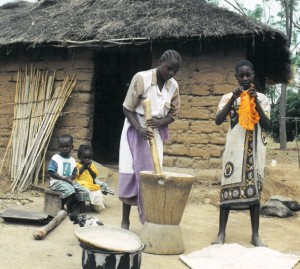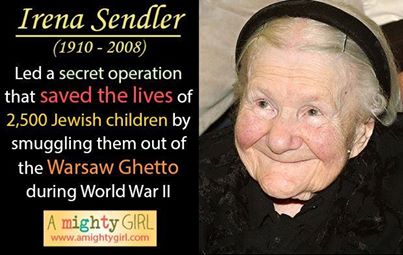Last Halloween, we received a huge number of fantastic photos of Mighty Girls in costume. In this post, we've highlighted just a small sample that show the breadth and creativity of the amazing costumes that were shared with us. From costumes based on women role models to favorite book characters, these Mighty Girls know that their costume possibilities are limited only by their imaginations! And, to help you and your Mighty Girl learn more about the wonderful characters and historic figures depicted, we've also linked to our character collection and biography section where relevant.
Thanks to everyone who sent in photos of their Mighty Girls in costume! We could only highlight a small number in this post but you can find many more in our Halloween album on Facebook. If you'd like to send in a picture of this year's costume, we'll be sending out information on how to send them in later this month via Facebook and Twitter.
If you're still looking for a costume for this year, we feature a selection of nearly 300 girl-empowering costumes with options for all ages from infants through adults in our Costume & Dress-up section.
And, if you'd like to find a few Mighty Girl stories or films to get your kids in the Halloween spirit, check out our special feature on Top Halloween Mighty Girl Books & Films.
Continue reading Continue reading










